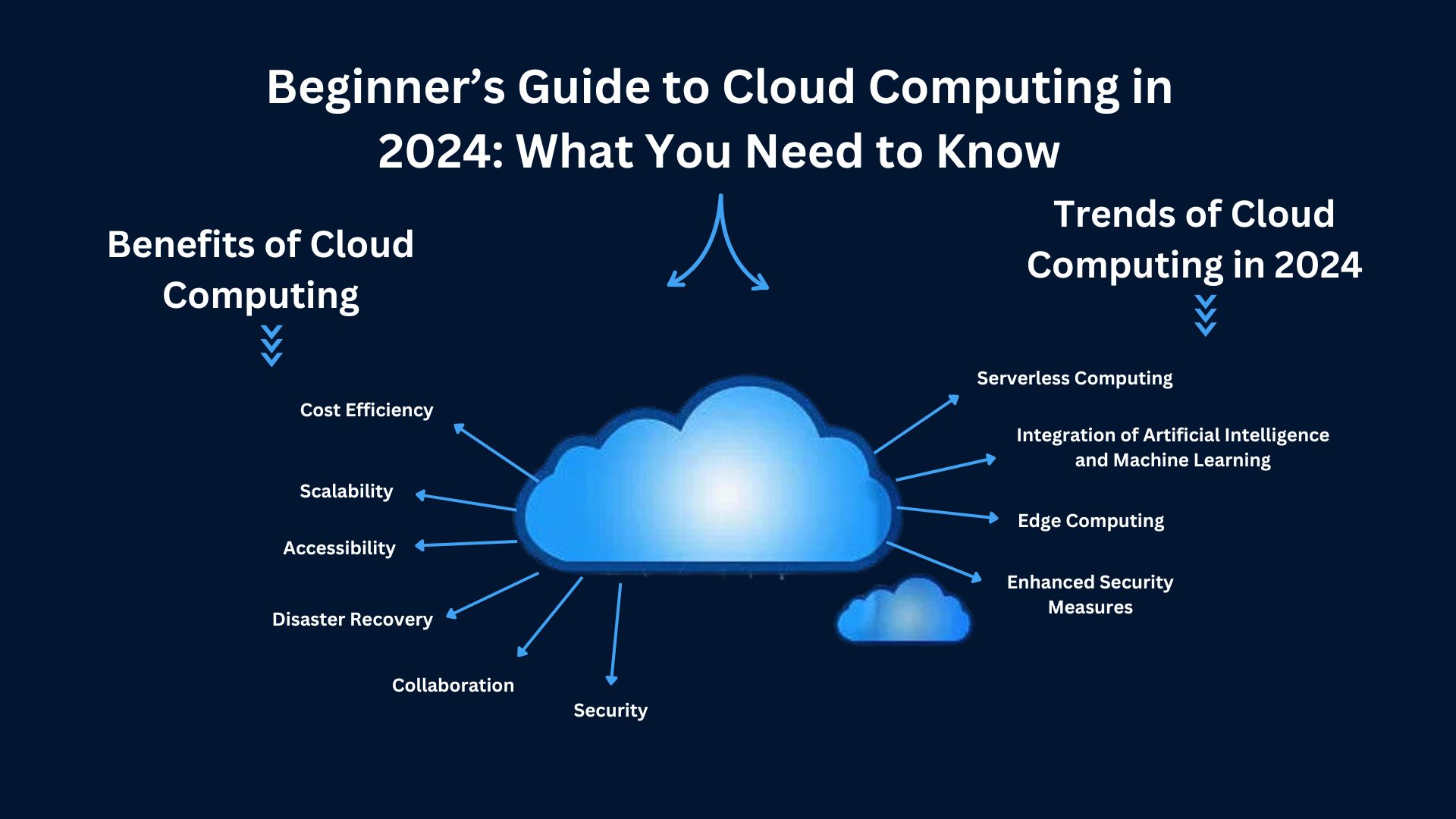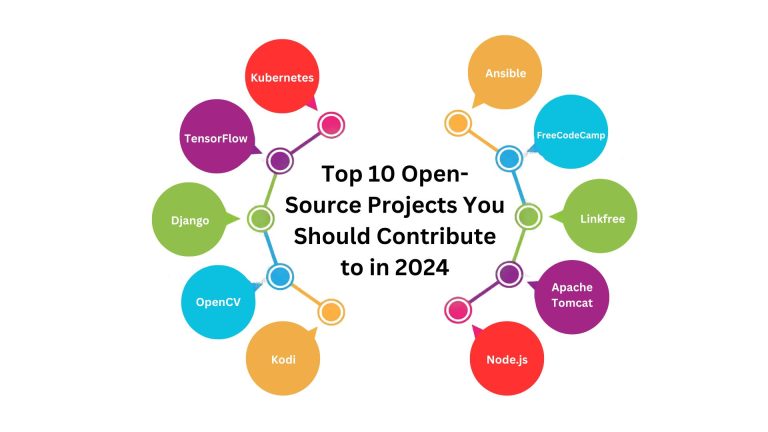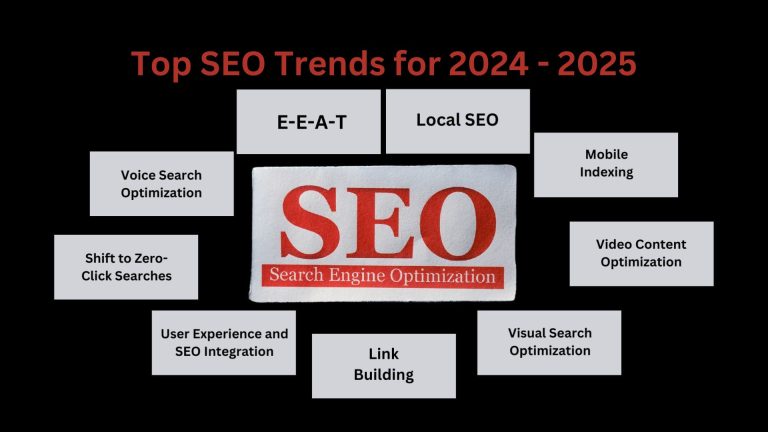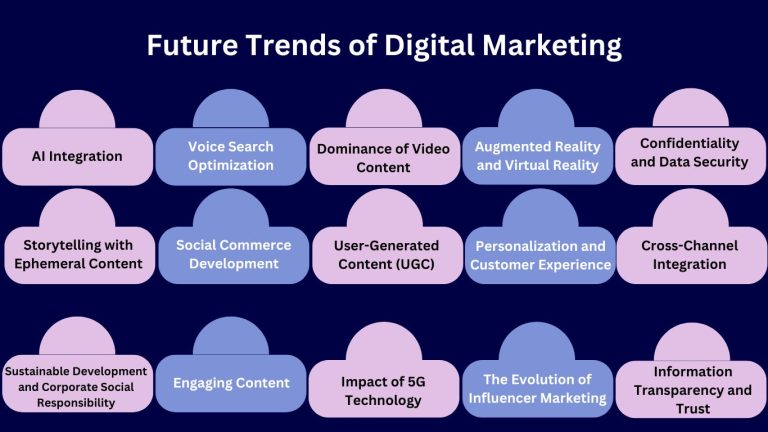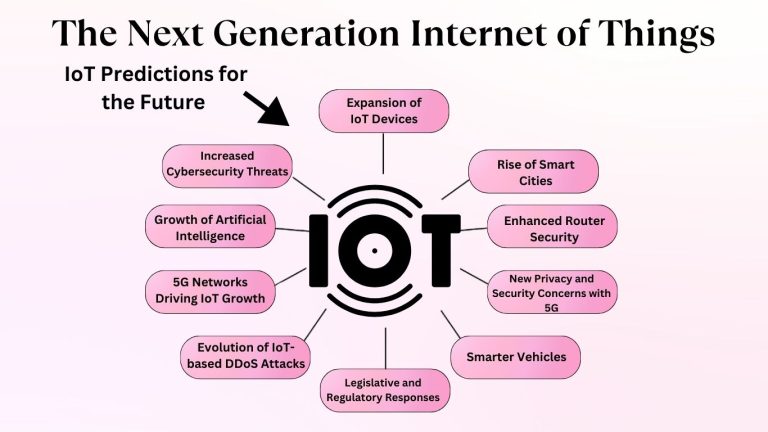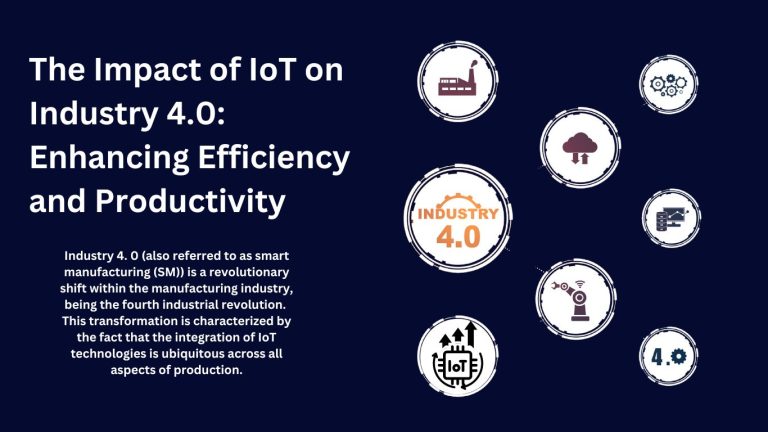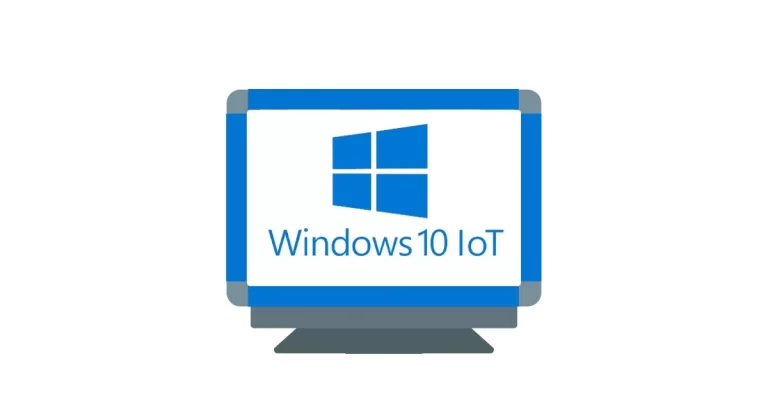Cloud Computing Basics: Trends Every Beginner Should Know in 2024
Cloud computing is an online service that enables consumers to stock data on a network of internet-based servers. Due to this flexibility, it can be implemented in many areas, ranging from simple file storage to complex business process management.
The cloud provides different IT solutions, such as servers, databases, software, storage and networks. Cloud providers can contain data, recall data and execute applications, and these are controlled by configuration interfaces.
The term “cloud” in cloud computing derives from the idea of safe virtual locations where the precise physical location is immaterial to the purchaser. The idea of virtual storage being “somewhere in the cloud” has thus become part and parcel of common parlance and the standard way of referring to the concept in the field.
The Evolution and History of Cloud Computing
The term “Cloud computing” may be new but the basic concept of computing at a distant site is as old as the 1950s when early forms of remote servers were used to share data in projects such as the SAGE air defense system. It was in the 1980s and 1990s that basic cloud services were offered to the public by firms like CompuServe and AOL.
Another important step was made in the early 2000s when in 2006 Amazon introduced its EC2 service, which indicated the vast opportunities of the cloud beyond simple web services. In its early days, cloud computing was a novelty that dealt with the storage of data over the Internet, and has grown to become an essential element of contemporary computing, enabling companies to innovate quickly and to expand their markets globally. Cloud computing is not only about storage or distant servers but is a crucial enabler of business development and technology in 2024.
Types of Cloud Computing
Cloud computing can be divided into numerous deployment models that suit different needs and offer a different degree of infrastructure and resource management. The main types of cloud computing are:
Public Cloud
These are owned and managed by third parties and are made available to the public through the Internet for use by multiple businesses or users to access computing resources like servers, storage, and applications among others. Some of them are AWS, Microsoft Azure, Google cloud computing and IBM cloud computing.
Private Cloud
Those that are set up for the single use of a particular company or corporation. It can be deployed in-house or through a third party and provides more flexibility and options.
Some of them are VMware, Open Stack and Microsoft Azure Stack.
Hybrid Cloud
It integrates features of both public and private clouds, allowing data and applications to move between the two environments. This model is more adaptable than the previous one, in terms of resource allocation.
Multi-Cloud
Multi-cloud can be defined as the utilization of several cloud services from different suppliers either concurrently or for different purposes. For instance, utilizing “AWS” for storage, “Azure” for machine learning, and “GCP” for data analytics. Cloud computing delivers services over the internet, rather than relying on traditional local or corporate servers. Companies often employ cloud services to transfer some of their operations to other systems or to use external resources for faster application implementation.
Leading Cloud Providers
Amazon Web Services (AWS)
AWS is one of the largest and most versatile cloud services, with more than 200 services in operation from data centers around the world. AWS delivers a comprehensive suite of services, encompassing computing, storage, databases, machine learning and various other capabilities.
Microsoft Azure
It is an IaaS (Infrastructure as a Service) cloud computing platform developed by Microsoft to build, test, deploy and manage applications and services on Microsoft-operated data centers. Microsoft Azure provides a rich set of services; it involves computing, artificial intelligence, data and analytics, and Internet of Things services.
Google Cloud Platform (GCP)
GCP is a group of cloud-based services developed using Google’s unique software and technology foundation. GCP provides computing, storage, big data, machine learning and application services.
Benefits of Cloud Computing
There are numerous benefits that cloud computing has provided which are making it popular in the market across the globe.
1. Cost Efficiency
Cloud computing reduces large capital burdens on both the hardware and the software. However, they can utilize only what they pay for and this is much more efficient in terms of monetary expenditure and business expenses.
2. Scalability
It also makes it possible for a business organization to increase or decrease its computing resources as needed. This flexibility is especially useful for companies that have unpredictable workloads, or companies that are growing at a very fast pace.
3. Accessibility
Cloud computing makes use of data and applications available over the internet, from anywhere in the world.
4. Disaster Recovery
Disaster recovery solutions are very strong in cloud-based services. Data backup is done automatically and if there is a failure then the data can be retrieved very easily hence the impact of disasters is greatly reduced.
5. Collaboration
Collaboration is made easier through the cloud, through cloud-based documents and projects can be worked on by different people at different locations. They help to increase efficiency and organization of work.
6. Security
Major cloud providers are very much concerned about the security of the data and they spend a lot of money on security measures. Security tools such as encryption, multi-factor identification, threat detection, and prevention allow the protection of critical data.
Trends of Cloud Computing in 2024
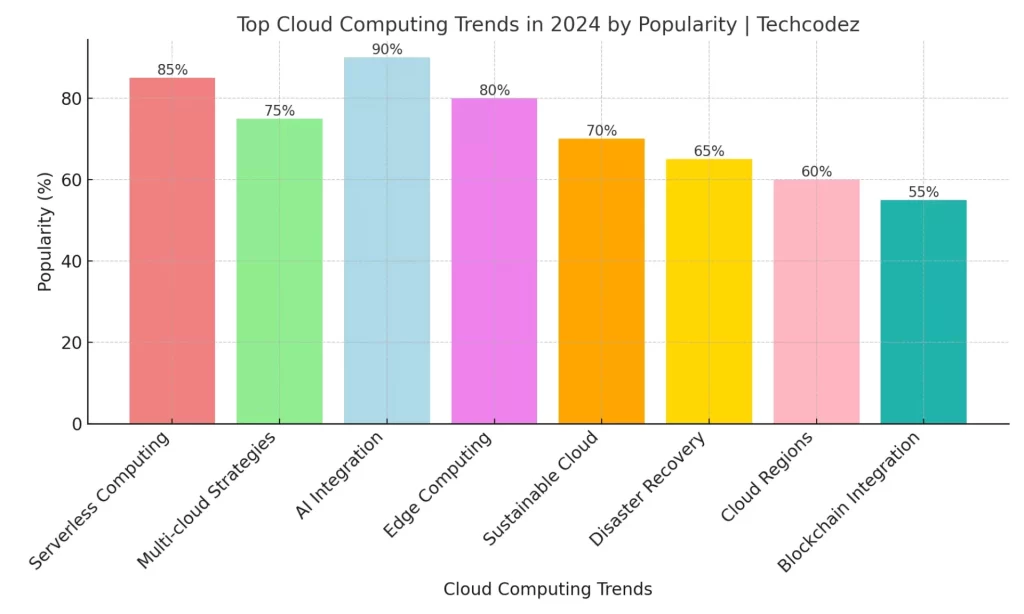
Serverless Computing
This is slowly becoming popular since it allows developers to create or host applications without worrying about resources. This trend is expected to cut operational complications and expenses still lower in the future.
Integration of Artificial Intelligence and Machine Learning
Artificial intelligence and machine learning are being integrated into cloud services as a way through which data can be analyzed and business predictions made as well as business processes being automated. This trend will however continue as more organizations begin to incorporate these technologies in their operations.
Edge Computing
Edge computing is a process through which computation and data storage are done close to the place where they are required. This cuts the latency and enhances the rate of data flow which is paramount for the Internet of Things, and real-time analytics among other uses.
Enhanced Security Measures
The threats that originate from the cyber world are becoming more stylish and so too is the security provided by cloud service companies. Preparing for the future of cybersecurity in 2024, it is worth anticipating the further development of methods of encrypting information, the refusal of the concept of a perimeter, and artificial intelligence in the protection of information.
Conclusion
Cloud computing is an innovative technology solution that has numerous advantages for business owners and consumers. Looking ahead to the future, there are only advancements that can be expected with the cloud and its potential for growth, innovations and efficiency. To do this, one has to familiarize with the fundamentals of cloud computing, be updated on the existing trends and implement the existing best practices for the achievement of the desired goals. In the modern world, there is no way a developer or a business owner can turn a blind eye to cloud computing since the latter is a perfect solution for everyone regardless of their experience and goals.

